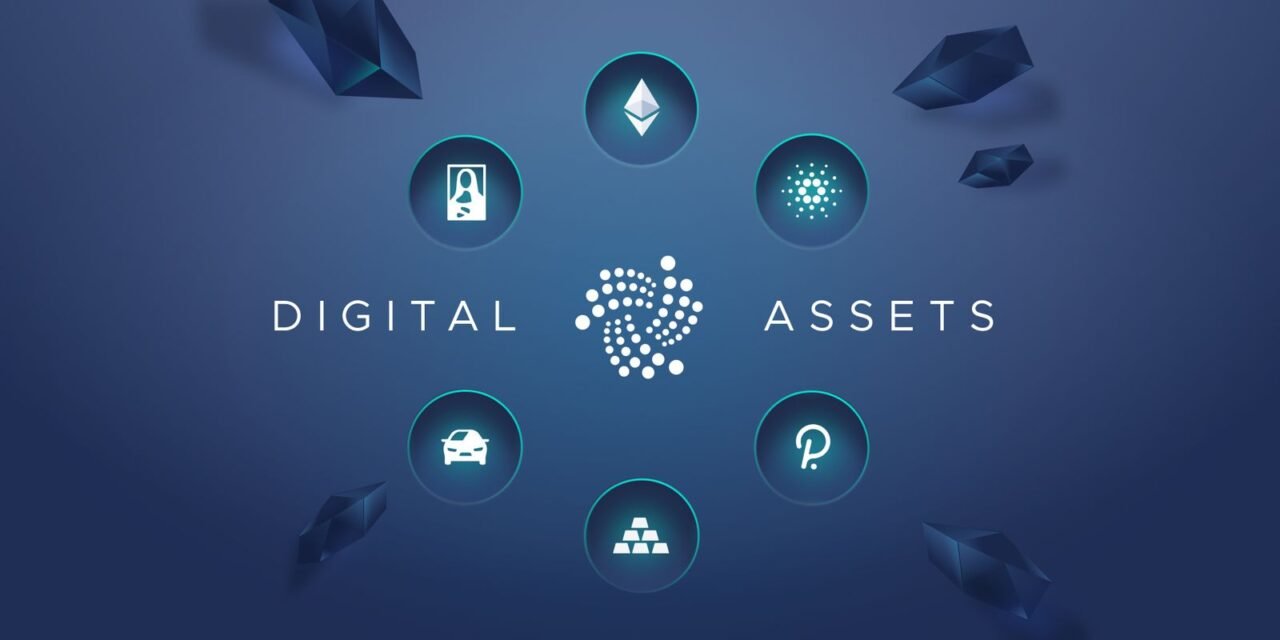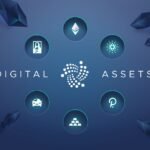In today’s global wave of digitization, the concepts of data assets, data elements, and digital assets are garnering increasing attention. While each has distinct definitions and applications, they share close interconnections. This article aims to delve into the relationships among these three concepts and their significance in the era of the digital economy.
1. Data Assets
Data assets refer to data resources owned or controlled by enterprises or individuals that can generate economic benefits. These data can be structured, such as tabular data in databases, or unstructured, including text, images, audio, and video. The value of data assets lies in their ability to support decision-making, optimize business processes, and enhance user experiences. With the development of big data technologies, the management and exploration of data assets have become crucial components of corporate competitiveness.
2. Data Elements
Data elements are the fundamental units constituting data assets and serve as carriers of data value. They can be individual data points or a collection of related data. The quality and characteristics of data elements directly impact the value of data assets. For example, factors such as accuracy, completeness, timeliness, and accessibility are crucial for ensuring the quality of data assets. In data transactions, data elements often serve as the subject of transactions, with pricing and circulation influenced by factors such as market supply and demand, data privacy regulations, and more.
3. Digital Assets
Digital assets are assets existing in digital form, including but not limited to digital currencies, digital securities, and digital copyrights. Digital assets are characterized by ease of duplication, dissemination, and storage, but they also face challenges related to security and privacy protection. The value of digital assets is often associated with factors such as scarcity, availability, and market demand. With the development of technologies like blockchain, the types and applications of digital assets continue to expand.
4. Relationships Among Data Assets, Data Elements, and Digital Assets
There exists a close relationship among data assets, data elements, and digital assets. Firstly, data elements form the foundation of data assets, with digital assets being viewed as a specific form of data assets. Secondly, in the era of the digital economy, the value of data assets and digital assets has become increasingly prominent, making them integral components of corporate and individual wealth. Additionally, as technology advances and markets mature, the trading and circulation of data elements are gradually becoming possible, further promoting the realization of value for data assets and digital assets.
Data assets, data elements, and digital assets are core concepts in the digital economy era. Their interconnections are not only evident in definitions and composition but also in terms of value and applications. In the future, with continuous technological progress and market development, the relationships among these three concepts will become even closer, collectively driving the prosperity and development of the digital economy.









